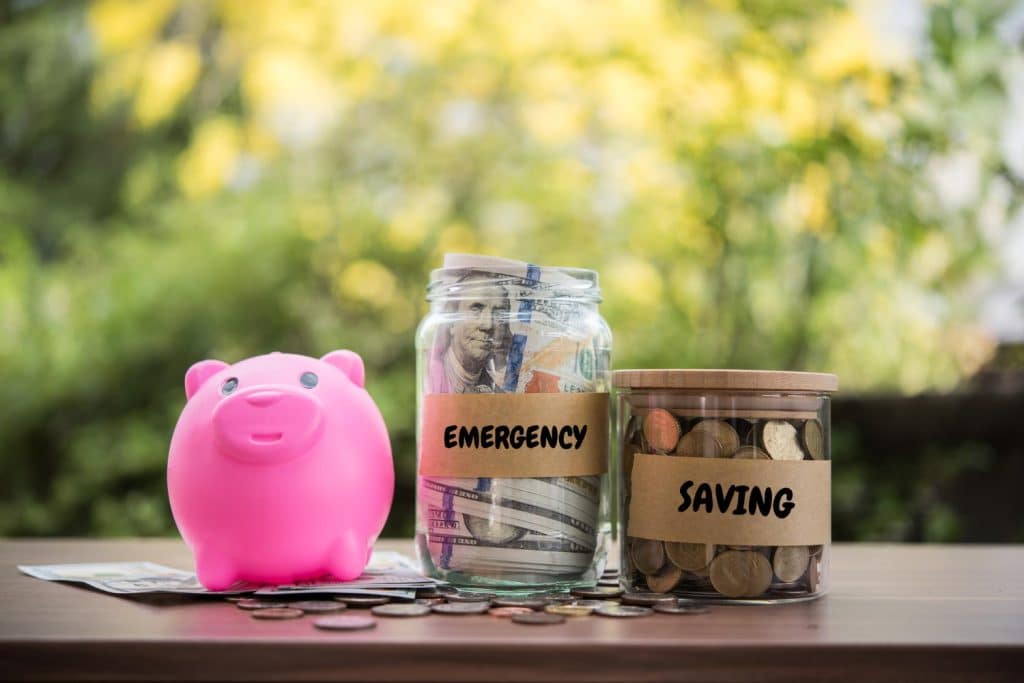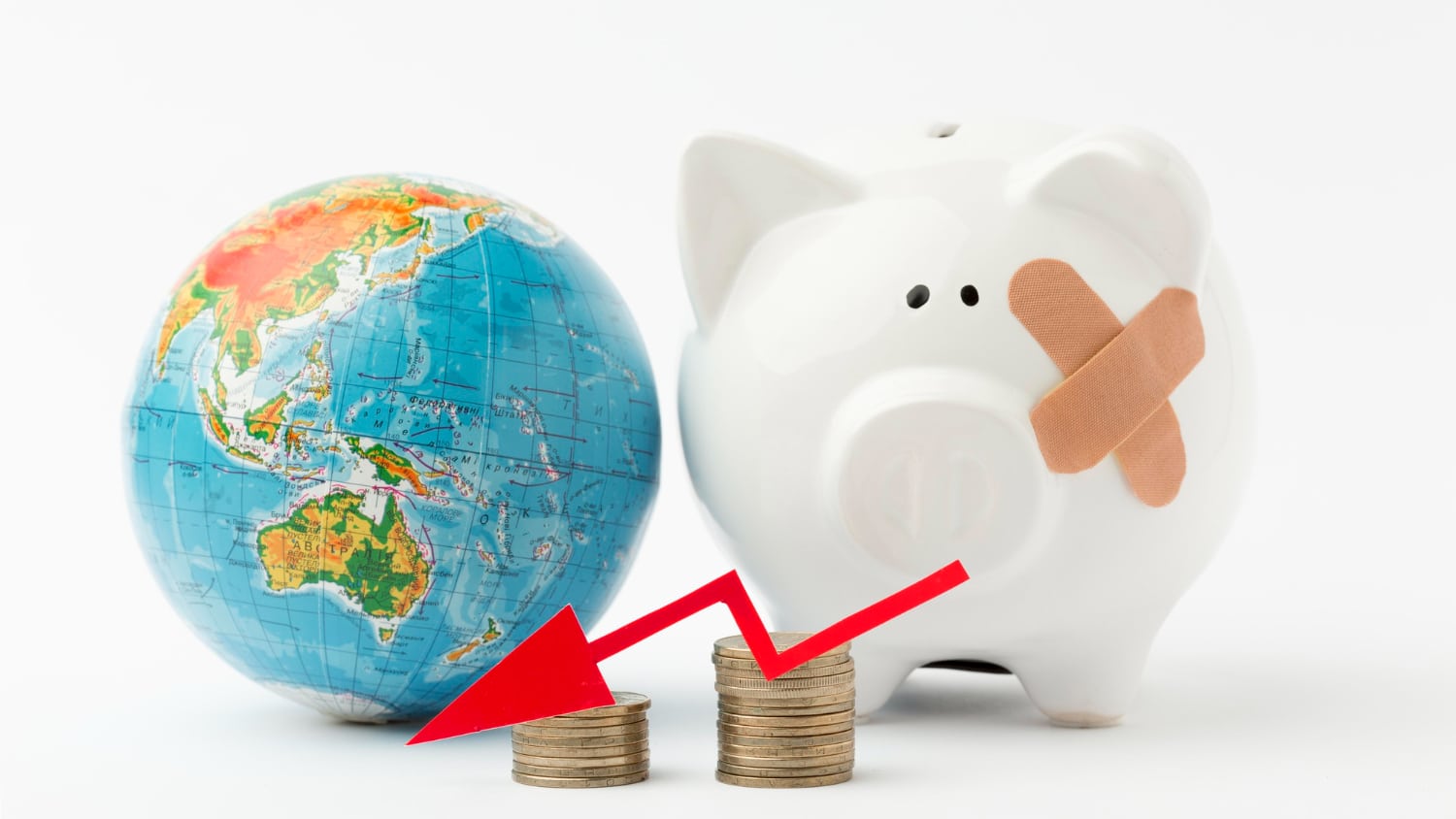Check out how to rebuild emergency savings fund: A simple and practical guide

Anúncios
Financial emergencies can happen at any time, making it essential to rebuild emergency savings fund that covers everything from unexpected medical expenses to urgent home repairs.
Having a solid emergency fund is crucial to handling these situations without jeopardizing your financial stability.
If you’ve already used part or all of your reserve, it’s important to know how to rebuild it effectively.
Anúncios
In this guide, we’ll cover the best strategies for rebuilding emergency savings, from choosing the right account to practical money-saving techniques.
Watch this video for more tips.
What is the best account to hold an emergency fund?
Choosing the right place to store your emergency savings is essential. The ideal account should offer security, immediate liquidity, and competitive returns. Here are some recommended options:
Anúncios
1. Traditional Savings Accounts
Savings accounts are widely used due to their simplicity and security.
They provide immediate liquidity, allowing quick access to funds in case of emergencies.
However, their returns are usually low, often below inflation, which may erode purchasing power over time.
2. Treasury Bills (T-Bills)
U.S. Treasury bills are government-backed securities tied to short-term interest rates.
They are considered low-risk investments and offer daily liquidity, enabling withdrawals at any time without significant loss of returns.
Additionally, they tend to yield higher returns than traditional savings accounts.
3. Certificates of Deposit (CDs) with Daily Liquidity
CDs issued by banks with daily liquidity are another viable option.
They offer security, as they are insured by the Federal Deposit Insurance Corporation (FDIC) up to certain limits, and usually provide higher returns than savings accounts.
Daily liquidity ensures that you can access your funds whenever necessary.
4. Fixed-Income Mutual Funds
Fixed-income investment funds that track market interest rates can be an attractive option.
They offer diversification and professional management, along with high liquidity. However, it’s important to watch out for management fees, which can affect returns.
When choosing where to keep your emergency fund, consider factors such as liquidity, security, and returns.
Avoid high-risk investments or those with low liquidity, as the primary purpose of this fund is to be readily available in case of unexpected expenses.

So, how can you rebuild emergency savings?
Rebuilding your emergency savings requires discipline and planning. Below are essential steps to restore your fund effectively.
Review your monthly savings strategy
Assess your current savings approach. If you don’t have one, now is the time to implement it.
Set a fixed amount to save each month, even if it’s a small sum.
The key is to develop a consistent savings habit, ensuring that your fund grows steadily over time.
Cut unnecessary expenses
Review your monthly expenses and identify areas where you can save.
Small cuts in non-essential spending, such as unused subscriptions or frequent dining out, can result in significant savings over time.
Direct those savings immediately into your emergency fund.
Stick to a budget
Creating a monthly budget is essential for keeping track of your finances.
List all income sources and expenses, categorizing them as essential or discretionary.
This will give you a clear view of where your money is going and where adjustments can be made to increase your savings capacity.
Track all expenses
Recording all expenses, no matter how small, helps identify spending patterns and potential overspending.
Use budgeting apps or spreadsheets to keep track of your finances.
This practice increases awareness of your financial habits and makes it easier to implement necessary changes.
Automate your savings
Automating your savings is a great way to ensure consistency.
Set up automatic monthly transfers from your checking account to your emergency savings account.
This way, your designated savings amount is set aside before you have a chance to spend it on other expenses.
Deposit unexpected income
Bonuses, tax refunds, or any unexpected cash windfalls should be directed, fully or partially, to your emergency fund.
Taking advantage of these opportunities speeds up the rebuilding process without affecting your regular budget.
Consider side hustles
Exploring additional sources of income can be an effective way to boost your savings.
Freelancing, selling items online, or taking on temporary gigs can generate extra income that can be entirely allocated to your emergency fund, accelerating its replenishment.
How much should you keep in your emergency fund?
The ideal amount for an emergency savings fund varies based on individual financial situations.
Generally, it’s recommended to have enough to cover six to twelve months of essential expenses.
Self-employed individuals or those with variable income may consider a larger fund, while those with stable jobs and benefits like unemployment insurance may opt for a smaller reserve.
It’s crucial to assess your financial responsibilities when determining the appropriate size of your emergency fund.
Rebuilding an emergency savings fund requires planning, discipline, and commitment.
By choosing the right account to store your fund and implementing effective saving strategies, you can establish a financial safety net for unexpected situations.
Remember: Consistency is key. Start applying these strategies today and secure your financial stability by rebuilding your emergency savings.
For more tips and financial guidance, keep following our site and strengthen your journey toward financial security.
Looking for more insights? Check out our article explaining how Adjustable-Rate Mortgages (ARMs) work!





